Waste not want not! These bold and innovative creators are designing objects and fashion using waste as their starting point.

November 25th, 2021
What if waste could be reframed as an abundant resource for objects, rather than an unwanted material? What if waste could be made useful and beautiful, re-birthed and given worth? These questions form the premise of The Waste Refinery, a Singapore exhibition spotlighting 20 local and international creators who are tackling this critical global issue through design.
According to a report by the World Bank, over two billion tonnes of municipal waste was generated in 2016, and this figure is set to increase by 70 per cent over the next 30 years.
“One of the most pressing issues when it comes to sustainability is what can we do with the ‘monster’ – mountains of waste – that we created. The exhibits here go beyond aesthetics. They demonstrate a utilitarian and functional angle to show that waste can be a truly valuable resource,” says exhibition curator and creative director of Kinetic Singapore, Pann Lim.
The exhibits are varied yet created with circularity in mind. Of the 20 exhibits that occupy the atrium of National Design Centre (running until 16 January 2022), here are six highlights picked out by our editor Vanitha Pavapathi.
Radical Plastics (Indonesia)
Indonesia-based Space Available turns plastic waste into circular products. The Peggy Chair, designed in collaboration with South Korean DJ Peggy Gou is made with over 20kg of plastic salvaged from landfills, rivers and the ocean.

Clothes That Grow (Britain)
To break the wasteful cycle of discarding outgrown children’s clothes, Petit Pli creates garments that grow with the child – up to seven times the original size. Made with 100 per cent recycled polyester derived from plastic bottles and using monofibre construction, these clothes can be easily recycled at the end of their use. The range has since grown to include adaptive garments for adults too.


Monolith (Singapore)
LAAT repurposes European marble offcuts, unused mild steel and panels of mirrors into abstract geometric homewares finished with raw concrete. These pieces are not only an exercise in upcycling, they hold a mirror up to the excessive and careless ways in which we produce and discard materials and items.
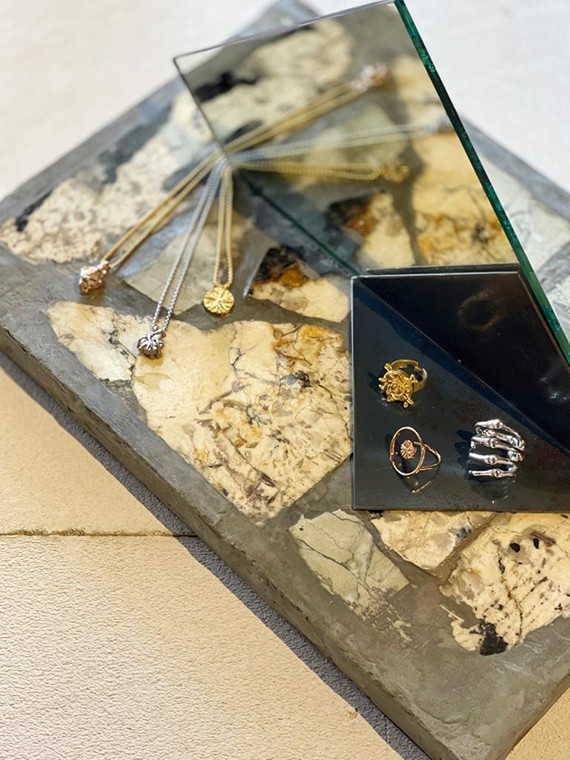
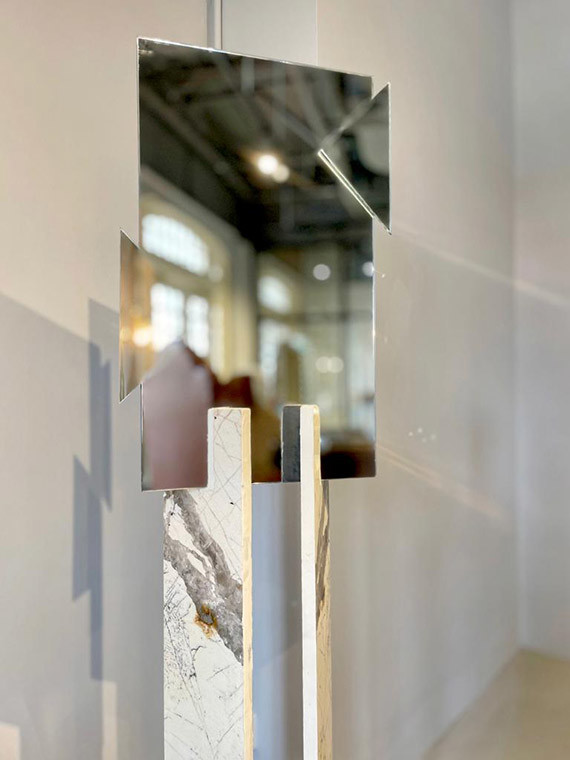
Piñatex (Philippines)
Ananas Anam turns pineapple leaves from farming cooperatives in Philippines into Piñatex, a sustainable vegan leather for use in fashion, accessories, upholstery and more. The studio not only gives new life to this agricultural by-product that would otherwise be discarded, but also create an additional stream of income for pineapple farmers.

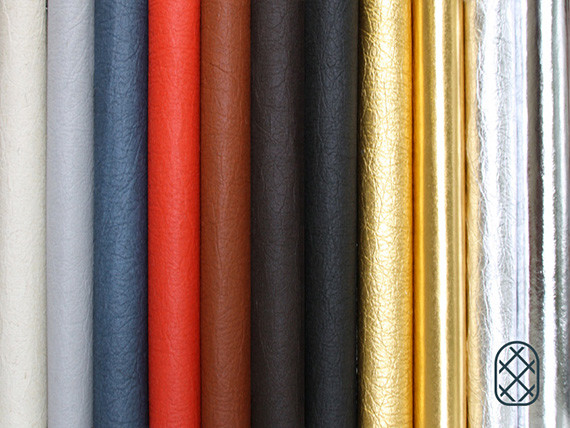
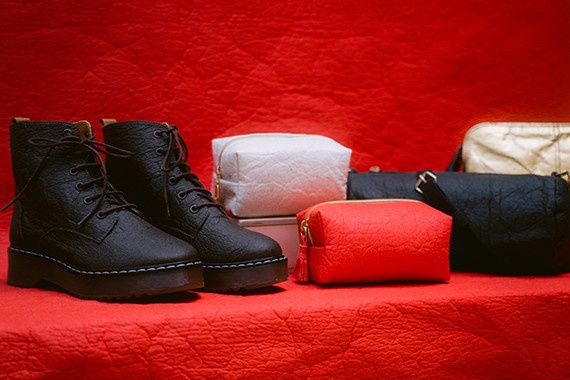
Ignorance Is Bliss (Lithuania)
Netherland-based material designer, Agne Kucerenkaite glazes his collection of ceramic vessels with coloured pigments derived from metal mining residue.


Irotsugi (Japan)
Fascinated with the unique beauty of broken glass, Kazuhiro Yamanaka artfully mends them with coloured resin, purposefully emphasising the cracked edges that follow the providence of nature.
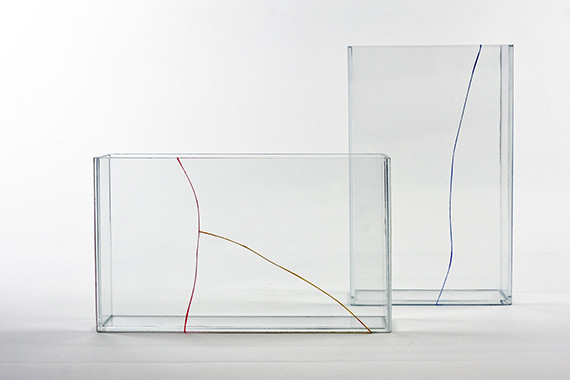
Kazuhiro Yamanaka’s artfully mended glass.
National Design Centre, Singapore
designsingapore.org
We think you might like this interview with Marcel Niederberger, head of sustainability at V-ZUG.
INDESIGN is on instagram
Follow @indesignlive
A searchable and comprehensive guide for specifying leading products and their suppliers
Keep up to date with the latest and greatest from our industry BFF's!

For those who appreciate form as much as function, Gaggenau’s latest induction innovation delivers sculpted precision and effortless flexibility, disappearing seamlessly into the surface when not in use.
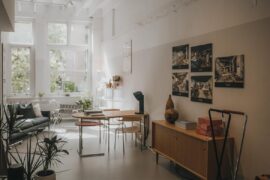
Sydney’s newest design concept store, HOW WE LIVE, explores the overlap between home and workplace – with a Surry Hills pop-up from Friday 28th November.
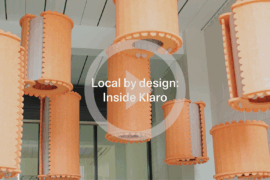
In an industry where design intent is often diluted by value management and procurement pressures, Klaro Industrial Design positions manufacturing as a creative ally – allowing commercial interior designers to deliver unique pieces aligned to the project’s original vision.
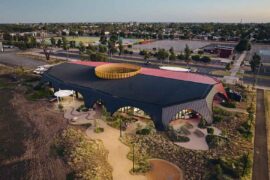
At the Munarra Centre for Regional Excellence on Yorta Yorta Country in Victoria, ARM Architecture and Milliken use PrintWorks™ technology to translate First Nations narratives into a layered, community-led floorscape.

Designed by Woods Bagot, the new fit-out of a major resources company transforms 40,000-square-metres across 19 levels into interconnected villages that celebrate Western Australia’s diverse terrain.
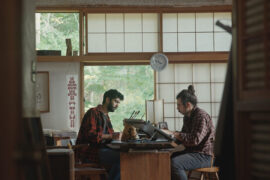
AHEC has produced a documentary exploring forestry and stewardship through long-term forest management and human responsibility.
The internet never sleeps! Here's the stuff you might have missed
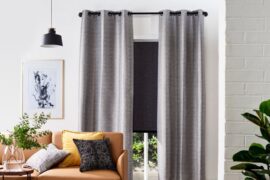
A lighter, roomier feel in your space can start at your window.
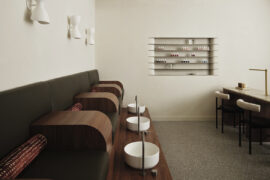
Tom Mark Henry refines a layered design legacy into a softly sculpted retreat in Redfern, where light, tactility and crafted detail define a new expression of restrained luxury.

Hiwa, the University of Auckland’s six-storey recreation centre by Warren and Mahoney with MJMA Toronto and Haumi, has taken out Sport Architecture at the 2025 World Architecture Festival. A vertical village for wellbeing and connection, the project continues its run of global accolades as a new benchmark for campus life and student experience.